Officeworks wanted to be able to link its business strategy to current and planned technology in a holistic view, so sought LeanIX’s help to make this connection possible.
We didn’t have a Google Map of the technology landscape. We needed to get from point to point,” said Darren Yeo, Officeworks’ head of strategy, architecture and planning.
More than a year after Officeworks began its LeanIX implementation, Yeo says the tool is now “as fundamental as oxygen” to his team.
A holistic view
Officeworks needed to bring together a team of architects that typically specialise in different domains, such as marketing, data, ecommerce and back-end systems to collaborate. Each specialist had a siloed view of the company’s technology landscape, but digitisation meant these domains converged.
Furthermore, because the retailer’s technology estate had grown organically, there was limited understanding or appreciation for the complexity of Officeworks’ architecture. That limited the technology team’s ability to provide accurate roadmaps for the business. With around 30 mission-critical applications and a further 300 to 400 applications in use across the company, this was becoming an increasingly challenging environment.
Realising this was a solvable problem, Yeo selected LeanIX as the Officeworks’ enterprise architecture management application because of its user-friendly interface.
Start slow to go fast
Yeo decided to take a light-touch approach to the initial roll out of LeanIX. He focussed not just on the tool but also change management and communication to the architecture team and broader technology function.
His own team used the tool and set up the core applications within it. Kapish provided initial assistance with frameworks and best practices, but Yeo wanted his team to take ownership to ensure long-term maintenance could be managed internally.
“Officeworks did some heavy lifting for three to four months. Then we launched it to the rest of the architecture team for three months before gradually releasing it to other technology users,” Yeo said.
A campaign of road shows to champion integration with ServiceNow so that data could be shared between the applications saw broad uptake across the technology function.
“Officeworks did some heavy lifting for three to four months. Then we launched it to the rest of the architecture team for three months before gradually releasing it to other technology users,” Yeo said.
Now, every time someone in the architecture team hears or reads something new about the Officeworks technology estate, they update LeanIX to keep it live. As Yeo says, “Data is king”.
This approach has borne a myriad of benefits for the entire organisation.
Risk management visibility
Officeworks now references the data in LeanIX in risk and compliance meetings to specifically discuss and plan end-of-life activities for the technology estate. Yeo’s team is embracing the transformational power of solution architecture, with LeanIX proving an essential tool in that change.
“We can now create a specific domain representation of business capabilities with an applicationview. It shows what we have, heatmaps, our problem children, and timelines for addressing them,” he said.
“I can see how we can go from red to green and when that needs to happen. And that makes it easier to work out how much it’ll cost.”
LeanIX has also become a catalyst for conversations with business stakeholders because of the data it
reveals about the existing application landscape. The architecture team can now confidently have discussions about the current state and what needs to be done to support the company’s strategic goals.

